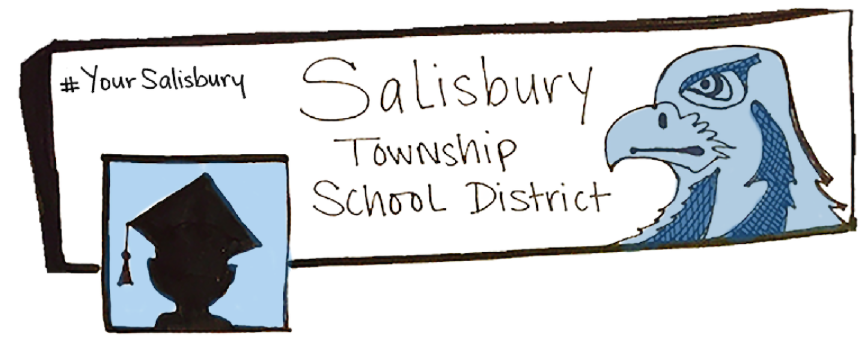Project-Based Learning (PBL) is an instructional approach, which requires learners to work collaboratively, over an extended period of time, at least a week, usually two or more, to solve a real world problem or address a a real need. The project addresses multiple standards through multiple lessons, activities, tasks and learner assignments, and requires a variety of resources. The project unfolds in stages (outlined below) leading to a culminating activity. (Lamar, Mergendendoller, & Boss, 2015, p. 66). The sustained effort to create, build or solve a real-world issue leads to the mastery of content standards.
There are five phases to the PBL process with reading, writing, speaking and listening organically integrated throughout the process. While each phase has a distinct purpose, the path each learner takes is flexible. For example, learners may need to research before pitching an idea or go back to the writing phase after receiving feedback from peers.
Frequently Asked Questions about PBL
PBL Project Examples
Buck Institute Model Projects -18 model projects at a variety of grade levels and content areas
Conserving a Local Ecosystem Proposal – Grade 5
My Election Party – Grades 9-12
Healthy Choices = Long Life – Grade 5
eNABLE 3D Printed Mechanical Hand – Grades 6-8
Can you trust the water? – Grades 9-12
Design Wars – Grade 4
Project Lost – Grade 9
San Diego Bay Biodiversity – Grade 11
Planning Templates
Project-based Unit Planning Template -Literacy focus
Hacking Project-based Learning Planning Template
Buck Institute – Project-based Learning Planning Template
Planning and Implementation Tips
Rubrics for a Variety of Work Products
Tools to Foster Success Skills
Buck Institute Project Design Rubric
